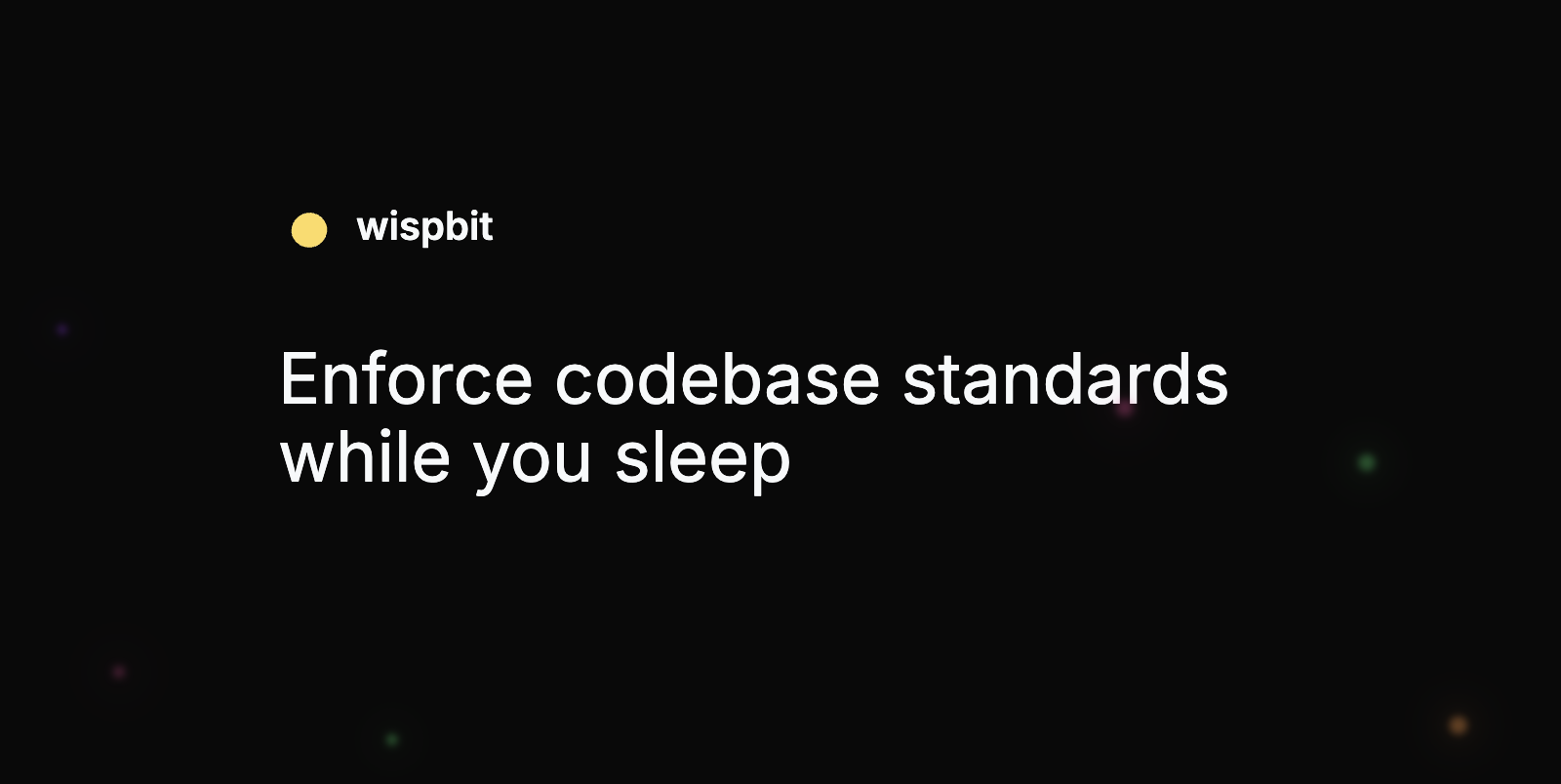DevOps Articles
Curated articles, resources, tips and trends from the DevOps World.
What is a graphics processing unit (GPU)?
Summary: This is a summary of an article originally published by TechTarget Data Center. Read the full original article here →
A Graphics Processing Unit (GPU) is a specialized electronic circuit designed to accelerate image rendering and perform complex calculations efficiently. In recent years, GPUs have transcended their traditional role in graphics rendering and have become pivotal in the fields of artificial intelligence and data processing. Companies in the DevOps space are increasingly leveraging the parallel processing capabilities of GPUs to enhance computational power, thus speeding up machine learning tasks and data analytics.
By integrating GPUs into their toolchains, developers can achieve faster model training times and improved performance in applications that require real-time processing. This shift not only optimizes workloads but also enables cost-effective scaling for large datasets. As cloud services create more opportunities for accessing powerful GPU resources, DevOps teams are adapting their workflows to capitalize on these advancements.
Adopting GPU technology involves utilizing frameworks like CUDA and OpenCL, which facilitate the development of applications that can harness the power of these processors. Furthermore, with the rise of containers and orchestration tools, deploying GPU-accelerated applications within cloud infrastructures has become more manageable. As DevOps practices continue to evolve, integrating GPU capabilities will be crucial for teams aiming to maintain a competitive edge in deploying AI and ML-driven solutions.
Product
Useful Links
Made with pure grit © 2025 Jetpack Labs Inc. All rights reserved. www.jetpacklabs.com





